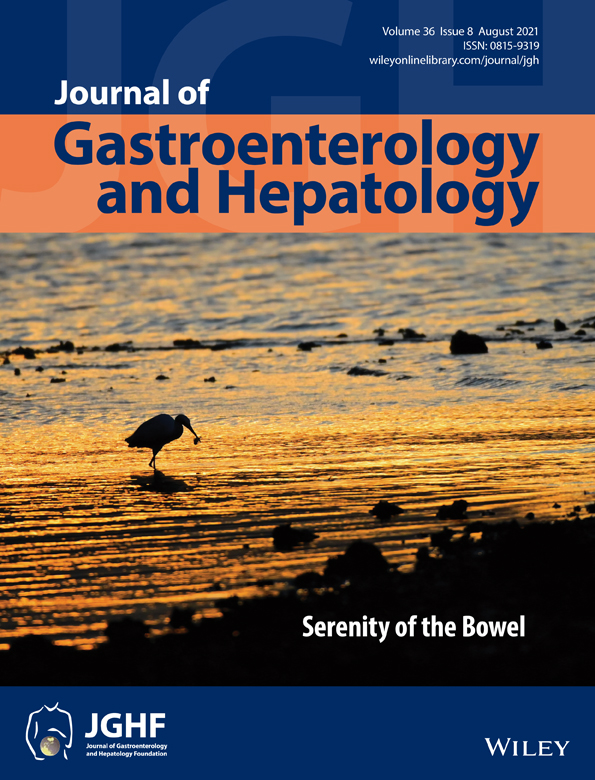Prevalence and clinical significance of esophageal motility disorders in patients with laryngopharyngeal reflux symptoms
Declaration of conflict of interest: No competing interest declared.
Financial support: No funding declared.
Author contribution: D. R. S. and W. W. C. initiated the study concepts and design; D. R. S., J. X. C., and T. L. C. contributed to the acquisition of data; D. R. S., J. X. C., and W. W. C. performed the analysis and interpretation of data; D. R. S., J. X. C., T. L. C., and W. W. C. drafted the manuscript; W. W. C., J. X. C., T. L. C., and D. R. S. contributed to the critical revision of the manuscript for important intellectual content; and W. W. C. provided administrative support and overall study supervision.
Abstract
Background and Aim
Esophageal motor dysfunction may underlie impaired bolus/refluxate clearance in laryngopharyngeal reflux (LPR). However, the prevalence of esophageal dysmotility and its correlation with reflux parameters and symptoms in LPR is not well established. The aim of this study was to evaluate the prevalence of coexisting esophageal dysmotility among patients with suspected LPR.
Methods
This was a retrospective cohort study of 194 consecutive patients with LPR symptoms referred for high-resolution manometry (HRM) and combined hypopharyngeal–esophageal multichannel intraluminal impedance and pH testing at a tertiary center in March 2018 to August 2019. Validated symptom surveys were prospectively collected at time of testing, including Reflux Symptom Index, Gastroesophageal Reflux Disease Questionnaire, dominant symptom intensity, and 12-Item Short-Form Health Survey. HRM findings were categorized using Chicago Classification v3.0.
Results
Abnormal findings on HRM were identified in 84 (43.3%) patients, with ineffective esophageal motility (n = 60, 30.9%) as the most common diagnosis. A disorder of esophagogastric junction outflow or a major disorder of peristalsis was identified in 26 (13.4%) patients, including 2 (1%) with achalasia and 7 (3.6%) with jackhammer esophagus. Reflux burden (distal, proximal, or pharyngeal) on combined hypopharyngeal–esophageal multichannel intraluminal impedance and pH testing did not differ across HRM findings. Patients reporting esophageal symptoms were more likely to have a primary motility disorder (odds ratio 2.34, P = 0.04). However, no significant differences in Reflux Symptom Index, Gastroesophageal Reflux Disease Questionnaire, or 12-Item Short-Form Health Survey were noted across HRM diagnoses.
Conclusion
Esophageal motility disorders are prevalent among patients with LPR symptoms, including up to one in seven with esophagogastric junction outflow or major peristaltic disorder. Patients with abnormal motility more likely report esophageal symptoms. Clinicians should be aware of these coexisting conditions, particularly in those with refractory symptoms.




